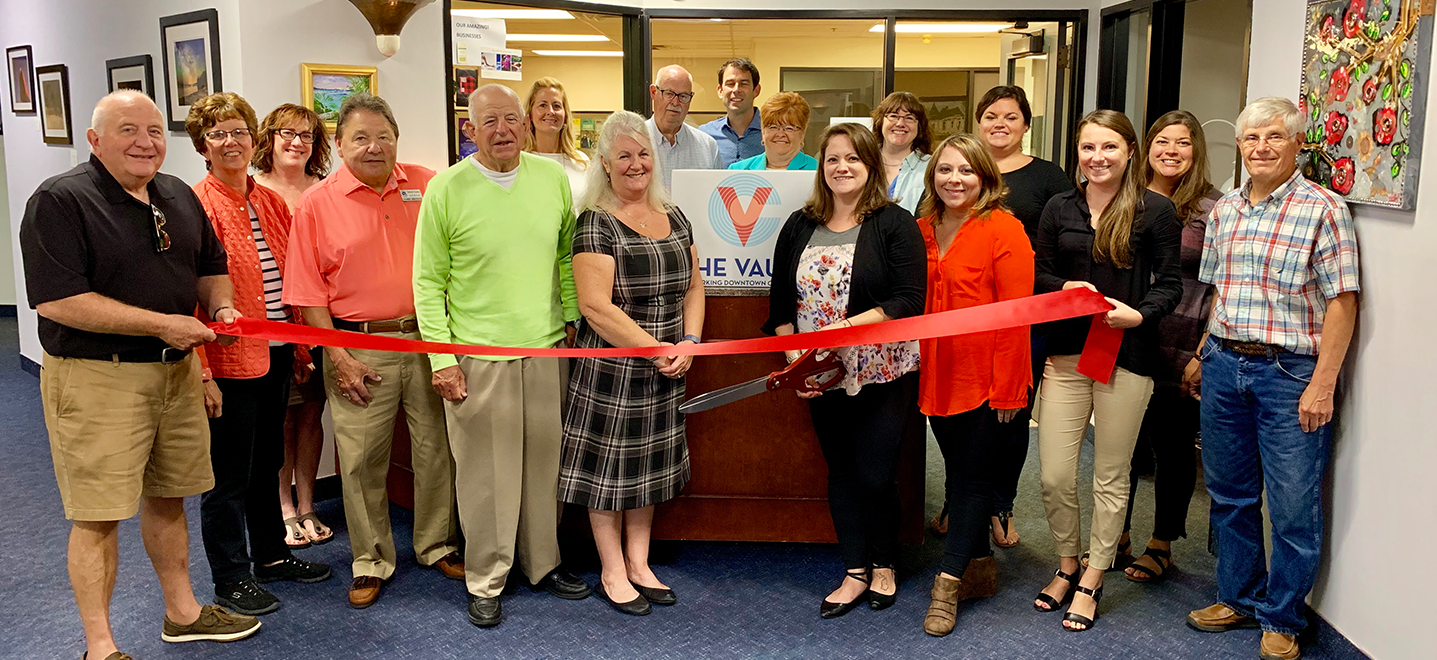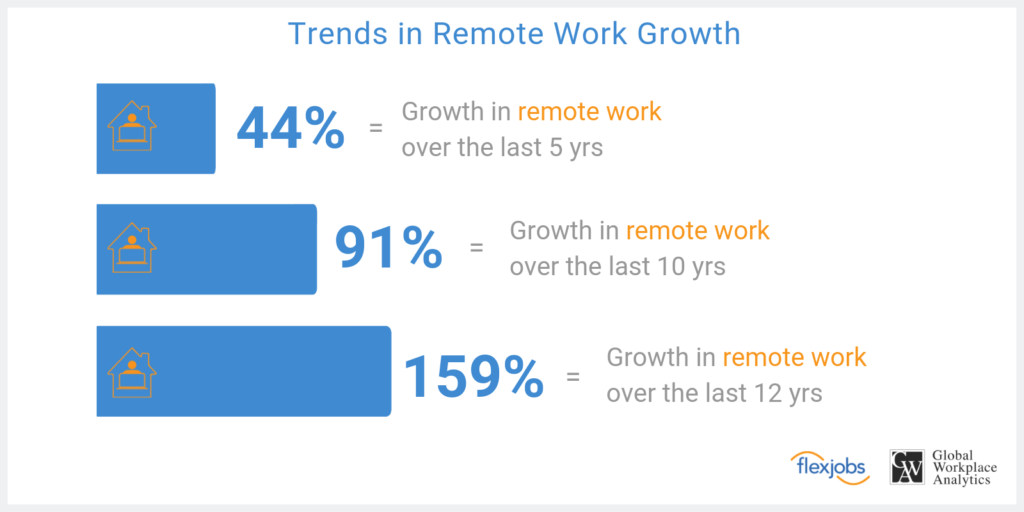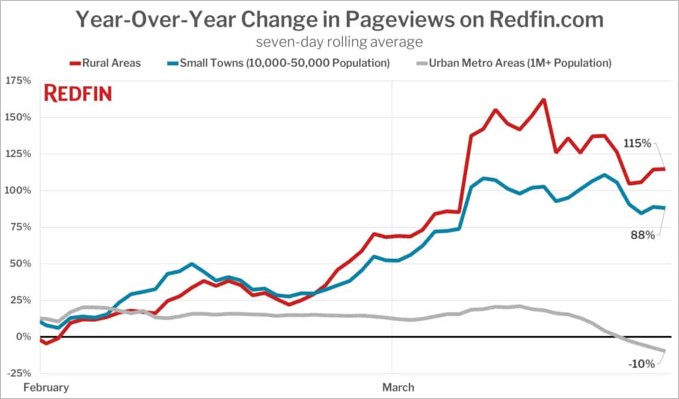Community Spotlight: Building Partnerships to Support Small-Scale Manufacturing in Elgin, Illinois
Learn how Elgin Downtown Neighborhood Association worked with Recast City to grow their small-scale manufacturing ecosystem.

Marion, Iowa © Tasha Sams
We work in collaboration with thousands of local partners and grassroots leaders across the nation who share our commitment to advancing shared prosperity, creating resilient economies, and improving quality of life.

Emporia, Kansas © Emporia Main Street
Made up of small towns, mid-sized communities, and urban commercial districts, the thousands of organizations, individuals, volunteers, and local leaders that make up Main Street America™ represent the broad diversity that makes this country so unique.

Chicago, Illinois © Main Street America
Looking for strategies and tools to support you in your work? Delve into the Main Street Resource Center and explore a wide range of resources including our extensive Knowledge Hub, professional development opportunities, field service offerings, advocacy support, and more!

Waterloo, Iowa © Main Street Waterloo
Your one-stop-shop for all the latest stories, news, events, and opportunities – including grants and funding programs – across Main Street.

Kendall Whittier — Tulsa, Oklahoma © Kendall Whittier Main Street
Join us in our work to advance shared prosperity, create strong economies, and improve quality of life in downtowns and neighborhood commercial districts.
 The ribbon cutting ceremony of The Vault, a coworking space in Charlevoix, Michigan. Credit: Charlevoix Main Street
The ribbon cutting ceremony of The Vault, a coworking space in Charlevoix, Michigan. Credit: Charlevoix Main Street
This article is part of the COVID-19 Trends Blog Series.
COVID-19 has greatly impacted the way we work, including where we work. Estimates today suggest nearly one-third of the workforce is now working remotely due to the pandemic (Kaiser Family Foundation poll). Further data suggests this will likely stick for many Americans, greatly accelerating a trend that was already present in society. In a recent survey by Garnter, nearly three out of four finance leaders said they plan to move at least 5 percent of their workforce that had previously reported to an office to a remote schedule full-time. According to a report by Upwork, some 73 percent of all companies will have remote workers by 2028.
 For downtown, community, and economic developers, remote workers potentially represent a change in how we think of recruitment strategies: shifting away from business and skilled workforce attraction to one that focuses on attracting people through place-based strategies. Remote workers are typically well paid, and thus bring with them a boost to local spending and investment resources. A CNBC survey shows that a quarter of the roughly four million remote workers in the U.S. make more than $100,000 a year—compared to just 7 percent of the total in-office workforce—and 13 percent of those remote workers are remote full-time.
For downtown, community, and economic developers, remote workers potentially represent a change in how we think of recruitment strategies: shifting away from business and skilled workforce attraction to one that focuses on attracting people through place-based strategies. Remote workers are typically well paid, and thus bring with them a boost to local spending and investment resources. A CNBC survey shows that a quarter of the roughly four million remote workers in the U.S. make more than $100,000 a year—compared to just 7 percent of the total in-office workforce—and 13 percent of those remote workers are remote full-time.
As remote work continues to accelerate, there are a number of likely implications, challenges, and opportunities that will arise from this COVID-19 trend. For commercial district professionals, we should anticipate the need to understand the impacts of increasing rates of remote work to the commercial office sector, co-working spaces, and rural living preferences.
Commercial Office Sector: While data is incomplete at this time, given the pandemic, anecdotal evidence suggests there will be reductions in office space demand. These reductions are likely to vary depending on sector. The worst-affected tourism and leisure industries will need less corporate space, while some professional services firms may be able to continue as normal with altered working practices. While many technology and e-commerce sectors are thriving, they are the most likely to embrace permanent virtual working. In addition, many companies will view this as an opportunity to cut occupancy costs. The saving grace for the office sector may be a continued need for social distancing, which will keep square footage needs higher relative to workers per square foot ratios.
Co-Working Spaces: While corporate co-working space complexes like WeWork have largely been empty during this period, it is likely that crunches to the office sector will not impact co-working spaces, especially in more rural communities. First, co-working spaces fill a valuable social role for remote workers. Isolation is commonly called out as a key issue for remote workers. In Buffer’s State of Remote Work 2019 report, loneliness was cited as the second-biggest concern for remote workers. Secondly, co-working spaces can serve as a hybrid for existing businesses downsizing from a more permanent office or for seasonal residents in tourism-based areas needing temporary office space. Third, as highlighted in the first article of the trend series, entrepreneurship is likely to rise, and given capital constraints, co-working spaces offer a low-cost entry point for entrepreneurs to get started with their business launch. Finally, and perhaps most importantly for underserved areas, is the technology infrastructure commonly found in co-working spaces. The pandemic’s resulting stay-at-home orders have revealed the great digital divide to which remote work necessitates.
 Rural Economic Development: And finally, the COVID-19 impacts on remote work have created new opportunities for rural living and working. Preference for rural living has been on the rise during the pandemic—there has been a "flip" to demand in rural areas and away from cities, said Redfin CEO Glenn Kelman. Redfin’s year-over-year change in pageviews shows searches for rural areas are up by 115 percent and searches for small towns are up by 88 percent.
Rural Economic Development: And finally, the COVID-19 impacts on remote work have created new opportunities for rural living and working. Preference for rural living has been on the rise during the pandemic—there has been a "flip" to demand in rural areas and away from cities, said Redfin CEO Glenn Kelman. Redfin’s year-over-year change in pageviews shows searches for rural areas are up by 115 percent and searches for small towns are up by 88 percent.
There is discussion on the longevity of this increase. Debate on whether this is a temporary trend caused by urban density issues from the pandemic certainly exists. Plus, many challenges remain for rural communities to harness this opportunity, including housing diversity and the lack of cell and internet infrastructure in many areas. However, rural areas present more affordable housing and cost of living options and access to recreation and natural amenities that have also been examined as lacking within more dense cities. At the end of the day, the strength of this trend will be determined by how communities position themselves to leverage this growing interest in rural and small towns.
The following guidance is for Main Streets, community and economic development stakeholders, and political leadership to consider in reviewing the COVID-19 impacts on remote work. Broken down into two primary segments – programmatic activities and policy initiatives – this section provides examples and resources to help you harness the rise in remote work and/or continue to build on a remote work development strategy in your community.
Programming
1) Incentivize People Recruitment
Gaining attention are new incentives designed to recruit remote workers to live in a specific community and/or state. While many have involved larger second- and third-tier cities, smaller communities like North Platte, Nebraska, have launched programs to recruit by providing up to $5,000 in incentives for remote workers. Like most things, the following initiatives can be scaled to meet the community and cost of living:
Tulsa Remote Program: Under an innovative program called Tulsa Remote, Oklahoma’s second city actively looked for people to move to Tulsa, seeking residents who would stay at least a year and bring their remote jobs with them. In return, successful applicants would get a $10,000 stipend, housing assistance, space at a co-working location and more, according to organizer of Tulsa Remote, which is funded by a local foundation. The Tulsa Remote program received more than 10,000 applications in just 10 weeks — 10 times what they had been anticipating.
Vermont Remote Worker Program: Vermont started offering $5,000 to anyone working remotely for a company based outside of the state who would come and live in Vermont. The initiative aimed to reverse an onerous trend: a third of the state population is older than 55 and will be set to retire in the next decade. Other cities have launched similar initiatives: New Haven, Connecticut, is providing up to $80,000 to attract homeowners. North Platte, Kansas, is offering $5,000 to remote workers.
Live + Work in Maine: Maine launched more of a marketing campaign called Boomerang to attract both remote workers and those simply choosing to come back to a more rural lifestyle. Unlike the initiatives previously discussed, there is not a funding or financing component, but this marketing strategy nonetheless can be an effective tool for presenting opportunities given the new interest in rural living.
2) Evaluate Co-Working Space Needs
Co-working spaces, while taking a hit during COVID-19 stay at home orders, are still likely to be a critical place-based asset for remote workers. However, it is important not to simply be fad-driven but instead to do a thorough analysis of likely space demand. There are many types of spaces to consider: private facilities, spaces within a library, a non-profit venture, and college or university spaces. Main Streets should also consider floor plans that allow for social distancing, and perhaps a need for more individual offices rather than one large shared space. Coworking Resources offers a number of guides helpful to getting started, understanding demand, and operating the financials of co-working spaces.
3) Become Part of a Remote Work Housing Network
There are a number of remote work short-term housing programs. For a monthly fee, remote workers can join these programs to then travel to a number of destinations and receive housing, co-working space, and other amenities, depending upon the program. For example, WanderBoss lets digital nomads travel on trips of four or six months between multiple cities, and provides a abundance of programming in each location. This article highlights the top 10 programs that sponsor similar efforts. Interestingly, there are currently no small, rural communities in this review that are offering a small-town-living type of atmosphere.
4) Understand Impacts on Your Office Sector
As indicated, there will likely be significant disruptions to traditional office developments. It will be important for Main Street programs to understand from property and business owners whether those disruptions are temporary or more permanent. In addition, considerations need to be made for creating interior design technical assistance programs for office spaces. These programs could provide support for tenants who need to redesign their office floor plans to accommodate social distancing, or for property owners who need to reimagine their former office space that is now less marketable.
5) Create a Rental Subsidy Program
Rather than offering grants for remote workers, consider working with local apartment owners to develop a program geared toward subsidizing the first few months of rent for remote workers. One incentive commonly used in commercial leasing is to subsidize rent by providing a one- to three-year sliding scale of rental subsidy in return for a longer-term lease commitment. While possible for incentivizing remote workers, this approach depends upon the financial feasibility of the mixed-use development and respective rental rates. A close example is Grant County, Indiana, whose Grants for Grads program offers a 20% discount on monthly rent if tenants sign a lease of 12 months or more.
6) Regionally Maintain and Grow your Remote Worker Networking Activities
In evaluating remote worker incentive programs, networking activities are a large component of the overall attraction to the area for remote workers. Common platforms involve educational activities (perhaps covering elements of remote working or trends and technologies to use); social activities like meet-up at a microbrewery; focus groups to discuss issues/barriers, etc.
7) Build a Brand
Charlevoix, Michigan, (pop. 2,513) developed a remote worker strategy, which included the pre-Covid launch of The Vault co-working space. While Charlevoix is competing against a number of urban markets that have many amenities for remote workers, there is opportunity for communities like Charlevoix to craft a counter-brand that highlights small town living, quality of life, recreation, affordability relative to most urban areas, and geographic proximity. When developing a branding and marketing strategy to target remote workers, seek alignment with other local community, tourism, and economic development stakeholders.
8) Develop a Housing Study
One of the primary considerations for remote workers seeking to relocate to an area will be housing diversity to meet the varied needs, especially for younger remote workers. Many rural communities and small towns are either limited in the diversity of housing—being primarily single-family houses and lacking apartments and/or downtown housing—or lacking affordable housing, especially in heavy tourism areas. Consider working with local and/or regional housing stakeholders and political officials to establish an inventory of current housing, pricing, gaps within the market, and likely demand.
Policy
While COVID-19 has accelerated the inherent opportunities for many rural and small towns in America to harness the potential economic growth opportunities through the attraction of remote workers, there remain a couple infrastructure hurdles.
1) A Call for a National Technology Infrastructure Program
Cell and internet coverage remain spotty and often slow in many areas. When there is coverage, it is often limited to a sole provider, with many turning to satellite internet or their phone’s hotspot. While some progress has been made through private companies, there is simply not enough density of demand to create enough return on investment for the private sector. In 1956, the nation passed the Interstate Highway Act to develop America’s transportation infrastructure. We need that same focus and level of federal resources as part of any future infrastructure bill. Until such time, economic development for most rural areas will be confined to the historical boom-and-bust cycles of extraction-based, seasonal-tourism-based economic development, and/or a consolidating factory agricultural economy.
2) Changes to Rural Housing Programs that Allow for Mixed Use Development
The USDA has a number of housing development and financing programs. However, they are primarily focused on single-family housing, and their multi-family housing programs are highly restrictive relative to commercial/mixed use development. Given that remote workers may desire proximity to business services, internet connectivity, and unique living opportunities, being able to use the USDA multi-family housing funds for downtown building renovations is an important programmatic consideration for USDA officials.
COVID-19 has only accelerated the trend in working from home. This trend compounded by growth in gig economy workers, freelancers, and consultants, a post-pandemic new normal will lead to a far greater portion of workers having the ability to make living decisions based less on where their employer is located and more on living preferences. The result will shape much of how we think about office space, where we live and thus work, and the place-based infrastructure that is needed to support these decisions. While challenges remain, Main Street programs are situated at the crossroads of these emerging opportunities, and thus are uniquely positioned to leverage for the benefit of their communities.
Disclaimer: This material has been prepared for informational purposes only and is not intended to provide, and should not be relied on for legal, insurance, liability, tax, or accounting advice. You should consult your own legal, insurance, tax, and accounting advisors for guidance on these matters.
 Matthew Wagner, Ph.D., Vice President of Revitalization Programs: Matthew Wagner, Ph.D. serves as Vice President of Revitalization Programs at the National Main Street Center, Inc. In this role, he is responsible for driving the Center’s field service initiatives including the development and delivery of technical services for Main Street America and Urban Main programs, directing the Center’s new research agenda, as well as professional development programming through the Main Street America Institute.
Matthew Wagner, Ph.D., Vice President of Revitalization Programs: Matthew Wagner, Ph.D. serves as Vice President of Revitalization Programs at the National Main Street Center, Inc. In this role, he is responsible for driving the Center’s field service initiatives including the development and delivery of technical services for Main Street America and Urban Main programs, directing the Center’s new research agenda, as well as professional development programming through the Main Street America Institute.
Read Matthew's bio.